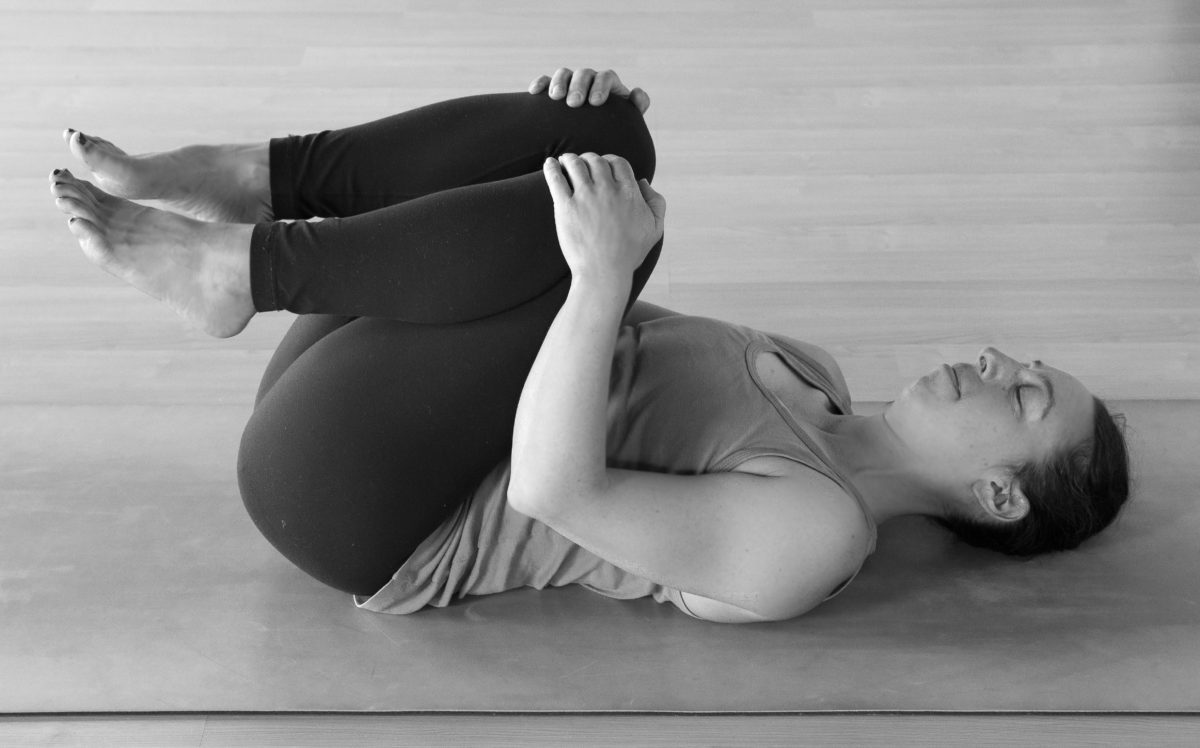I recently joined a Tai Chi class. As part of the lesson that day, the instructor explained the concept of ‘moving with intention not strength’.
Standing with our body relaxed and eyes closed, he asked us to imagine a breeze blowing from the left side. He asked us to think about what part of our body would need to relax or release tension to allow our body to move with the breeze. We then were asked to relax that part of the body and allow the whole body to move as if the breeze was gently pushing us. We tried this in all directions.
The idea was that rather than forcing or using strength to push our body to the right, the body would move slightly to the right simply by relaxing tension or letting go of resistance.
The purpose was a model for how to move in tai chi, to recognise what is tense, to relax and then allow the body to move, rather than to force it.
As I tried this experiment, I was struck by how it didn’t quite seem to fit for me. I imagined the breeze from the left and felt the subtle tension in my feet, legs and core resisting the breeze. But then if I thought about releasing that tension, I had visions of melting on to the floor into a pile. I realised rather than moving by relaxing, it seemed to be easier for me to move by slightly activating the places in my body that were already relaxed. It was still an intention and not forceful way of moving, but I focused less on relaxing and more on subtle activation.
This experience got me thinking of fascia expert Tom Myers. In an article Tom wrote for Yoga U on “How to Build a Better Fascial Body: 10 Key Principles,” he described two different fascia constitution types – the viking and the temple dancer. The viking-type fascia is more dense, has more cross-bonding and less elastin – leading to a body type that is more stiff and stable. Temple-dancer fascia is looser and more elastic – leading to a body type with greater mobility and flexibility. He theorised that every body exists on a continuum between the viking and temple dancer fascia – and neither is right or wrong.
He went on to say that these two types of bodies need to train differently, which leads me to think that these two types of bodies also need to use intention in their movement differently.
So coming back to the concept of moving with intention not strength. I would suggest that how you move with intention will be different depending on your body type. If you lean more towards the stiff and stable fascia, your intention may be recognising tension and relaxing. If you lean toward the mobile and flexible, your intention may be recognising what is soft or relaxed, and activating.
Truth be told, no matter your body type, it would be valuable to be able to move intentionally in either of these ways, and more importantly to know when to use which approach. Such is the art of learning and practicing body awareness!




